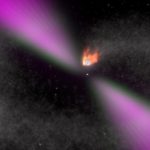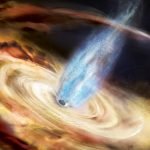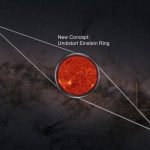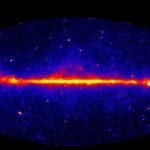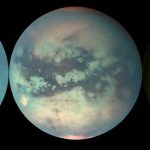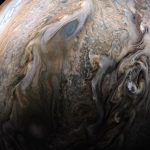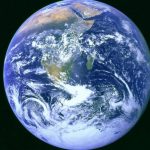Lunar soil could generate oxygen and fuel, shows study
Soil on the moon contains active compounds that can convert carbon dioxide into oxygen and fuels, scientists in China report in the journal Joule.
They...
Astronomers discover a rare black widow binary, with the shortest orbit yet
The flashing of a nearby star has drawn MIT astronomers to a new and mysterious system 3,000 light years from Earth.
The stellar oddity appears...
Scientists find better exoplanet candidates to search for life
As the scientific community searches for worlds orbiting nearby stars that could potentially harbor life, a new study suggests that younger rocky exoplanets are...
Scientists find eight new sources of black hole echoes
Scattered across our Milky Way galaxy are tens of millions of black holes — immensely strong gravitational wells of spacetime, from which infalling matter,...
Gravity telescope could image exoplanets, shows Stanford study
In the time since the first exoplanet was discovered in 1992, astronomers have detected more than 5,000 planets orbiting other stars.
But when astronomers detect...
Spinning stars shed new light on strange galactic signal
Scientists have found an alternative explanation for a mysterious gamma-ray signal coming from the center of the galaxy, which was long claimed as a...
Saturn’s moon Titan is an alien world, but surprisingly familiar
Saturn’s largest moon, Titan, is a fascinating and mysterious world, a world literally shrouded in mystery due to thick clouds that cameras imaging in...
Elon Musk: My view about future of Space X
SpaceX was founded in 2002 by Elon Musk with the goal of reducing space transportation costs to enable the colonization of Mars.
SpaceX manufactures the...
Venus and Jupiter to get hearts racing with celestial kiss
Early risers are in for a celestial treat this weekend when four planets in our solar system align in the sky, culminating in a...
Ozone may be heating the Earth more than we realize
Ozone may be weakening one of Earth's most important cooling mechanisms, making it a more significant greenhouse gas than previously thought, researchers have found.
A...


